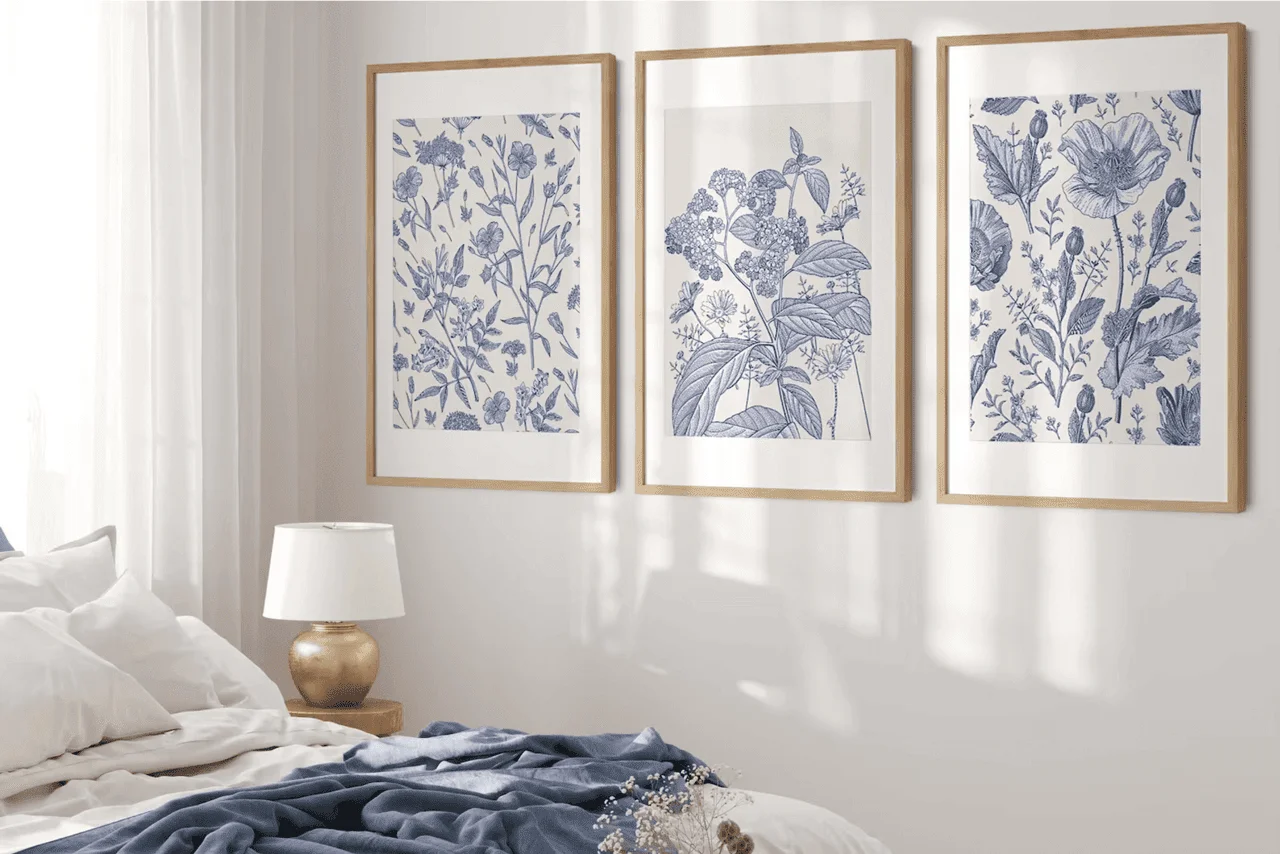Typography is more than just the art of arranging type; it is a foundational element of modern visual design that profoundly influences how content is perceived and consumed. In today’s digital age, where visual communication is crucial, the power of typography extends far beyond mere aesthetics. It serves as a key player in shaping user experience, reinforcing brand identity, and enhancing readability. At its core, typography dictates how text is displayed and interacts with the surrounding visual elements. The choice of font can set the tone of a message, whether it is the elegant serifs of a classic typeface or the sleek lines of a contemporary sans-serif. For instance, serif fonts, with their traditional strokes and feet, evoke a sense of formality and reliability, making them a popular choice for printed materials and prestigious brands. On the other hand, sans-serif fonts, with their clean and modern lines, are often favored in digital interfaces for their clarity and ease of reading on screens. The strategic use of typography helps convey the intended message more effectively, aligning with the overall design goals and user expectations.

In branding, typography is instrumental in creating a distinctive visual identity. The consistency of font choices across various platforms—websites, social media, and print materials—helps establish brand recognition and trust. Iconic brands often use custom typefaces or unique typographic treatments to stand out and create a memorable impression. For example, Coca-Cola’s cursive script is instantly recognizable and synonymous with its brand personality, while Google’s use of the simple, geometric sans-serif typeface in its logo reinforces its commitment to modernity and user-centric design. Typography thus becomes a powerful tool in brand storytelling, enabling companies to communicate their values and aesthetics through a carefully curated visual language. Moreover, SPMD plays a crucial role in enhancing readability and user experience. In digital design, where users interact with text on various devices, ensuring that type is legible and accessible is paramount. Designers must consider factors such as font size, line spacing, and contrast to ensure that text is easy to read and does not cause eye strain.
Responsive typography, which adjusts text size and layout based on screen dimensions, is a modern approach that improves readability across different devices. By prioritizing user-friendly typographic design, designers can create more inclusive and engaging experiences. In the realm of editorial design and content presentation, typography influences how information is organized and understood. The use of headings, subheadings, and different font weights helps to structure content, making it easier for readers to scan and find key information. Effective typographic hierarchy guides the reader’s eye through the content, emphasizing important points and creating a logical flow. This thoughtful arrangement not only enhances comprehension but also keeps readers engaged. Overall, typography is a dynamic and influential element of modern visual design that goes beyond decorative choices. It is a strategic tool that shapes user experience, reinforces brand identity, and enhances readability. As designers continue to explore and innovate with type, its impact on visual communication will remain a central aspect of creating compelling and effective design solutions.
